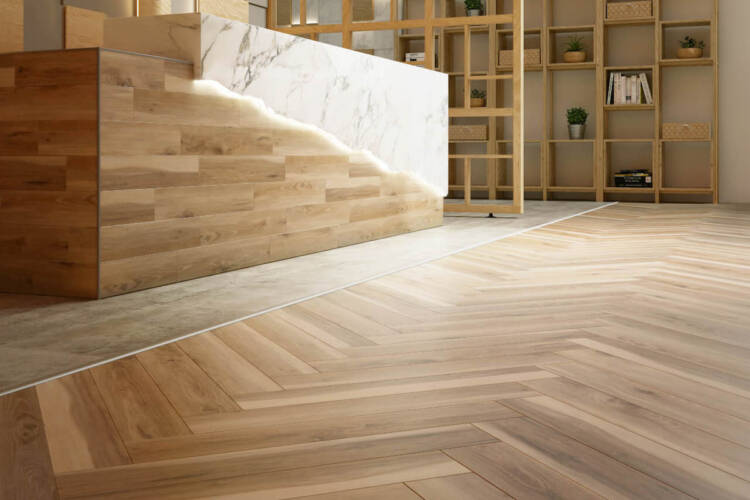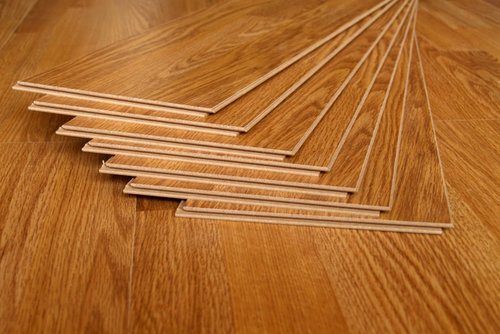The content down below relating to Bamboo Flooring To Hardwood Floors is totally fascinating. Give it a go and make your own personal assumptions.

The lovely surface areas of wood floorings have actually been a popular choice for Australian homes because they were first presented. Now however, individuals are beginning to compare this standard product with bamboo- which gives many advantages and offers an environmentally friendly choice in many cases!
SELECTIONS
Bamboo is a popular flooring material in Australia. The three designs consist of: pressed grain, horizontal and also upright.
We provide both at our shop special to Australian house owners that want high-quality products made with sustainability in mind so they can be sure their home will last many years.
If you choose something a lot more shiny, we utilize surfaces such as satin varnish which leaves no reflections and additionally gloss polyurethane.
TOUGHNESS
When your floor is regularly being strolled on by everybody in the house, it needs hard product to maintain its look as well as sturdiness. When choosing a product for you and also your family members, we use well-crafted products with premium durability so you can count on their excellent longevity. You'll conserve cash with reduced expense of upkeep down the road since these floorings will last much longer than various other type.
Hardwood floorings are typically harmed by foot traffic, as well as gradually they shed their original appeal. Fortunately, there's a material that appears like timber but does not experience this trouble: bamboo! The look of your new floor can be like what you had before with some style signs taken from genuine woods making it ideal for residences desiring remediation or restoration tasks done without having major adjustments made throughout the whole home (specifically if these plans consist of reusing any old components).
Bamboo floors are an excellent selection for those seeking to include a natural and also environmentally friendly element to their house. The cross laminated hairs provide stability, while still enabling the flooring boards' eye-catching timber grain patterns that will complement any type of space decor or interior design style!
Bamboo flooring is an excellent alternative for individuals that desire the authentic look and feel of real timber without all that pesky upkeep. If you live in Australia, Visit Page there are some downsides - upright or horizontal bamboo items do not last as long because they're not virtually difficult sufficient.
SHADES
Bamboo is a lasting material that you can order in several tones of appealing colours. The natural pigmentation will match whatever palette your residence has, making it easy to locate a suitable item for any setting!
Unlike lumber, bamboo flooring does not alter colour. The all-natural color variant can be neglected by individuals who are trying to find something to match their cabinets or furnishings in the space they're enhancing - however you'll never have this trouble with a fresh installed collection! Since sunlight has no impact on them at all (unlike genuine timber), these floors will certainly always remain brilliant.
ECO-FRIENDLY
Having a bamboo floor will make your residence much more eco-friendly and lasting. The product is eco-friendly, as it expands faster than wood does!
The comfort of bamboo is exceptional. Not only does it expand swiftly, however the material can be collected as well as cut tiny enough for house use making transport contamination totally free!
INSTALLING
Bamboo comes to your home in the form of ready-to mount boards. They already have 7 layers of scrape resistant polyurethane. As a result, there's no need to brighten sand or paint throughout setup which considerably expedites the procedure as you can instantly begin strolling on the bamboo surface.
And also it eliminates the requirement for cleaning up sawdust spills and so on. Installs for hardwood normally do finish with brightening inside clients' residences, however regardless of their sturdiness benefits over woods, bamboo floorings surpass them.
There's a product that looks like timber however does not experience this trouble: bamboo! The appearance of your brand-new floor can be like what you had before with some design signs taken from real woods making it perfect for houses desiring remediation or renovation jobs done without having significant adjustments made throughout the whole residence (especially if these strategies consist of reusing any type of old components).
Unlike wood, bamboo flooring does not change colour. Bamboo shows up at your residence in the type of ready-to mount boards. As a result, there's no requirement to brighten sand or paint during setup which significantly quickens the process as you can right away start strolling on the bamboo surface.
Bamboo Versus Hardwood Flooring
Bamboo versus hardwood – the differences
Bamboo flooring is usually made of 100% bamboo, while hardwood floors are typically made of a combination of solid wood and other materials. One difference between the two surfaces is that bamboo can vary in its color. The fibers in bamboo plants grow differently depending on the conditions they're grown in, so when harvested, they may take different colors when dried into flooring. This means that an installation of bamboo flooring could yield floors with varying shades across the board – although this does not happen often.
Another difference between these two types of floors is that bamboo has more “give” which makes it better for insulating against noise and vibration, but also limits how much weight each piece can. Hardwoods are harder, making them better when you need to carry heavier equipment across the floor.
Ranging from $1-$2 per square foot, installing hardwood floors is less expensive than bamboo. On top of installation costs, it will cost about $0.30 to $0.75 per square foot for finishes and sealants for your new flooring respectively, while bamboo can cost upwards of $2/square feet depending on which finish and protection you choose. The price difference between these two surfaces also depends on their quality. Both hardwoods and bamboo can be manufactured at different qualities – ensuring that you get what you pay for.
Bamboo has the same practical applications as standard hardwood floors such as installing them in homes or businesses to give them a place in a hallway, bedroom, or kitchen. Both surfaces are water-resistant and durable.
As mentioned, bamboo flooring tends to be better at insulating against noise and vibrations than hardwood floors – making it perfect for homes with small children who may run around slamming doors. Bamboo does not absorb moisture like hardwood, so if you're looking for an eco-friendly surface that's easy to clean this might be the way to go. You can always purchase polyurethane or other coatings for your bamboo if you'd like it to appear darker (which hides most stains), but this isn't necessary.
Final thoughts on bamboo versus hardwood flooring
In conclusion, bamboo flooring has become quite popular in recent years, and with all the new advances made in manufacturing technology is becoming more cost-effective. It is an excellent alternative to traditional hardwood flooring and can be installed quickly with very little preparation or upkeep provided you choose the right product for your needs.
That is why if you decide to go with bamboo, it is important to buy the best flooring possible so you get value for your investment over time.
With that said, hardwood flooring is still prefered by lots of people because of the personality and beauty it can add to a home or business space.
https://kitcheninfinity.com/bamboo-versus-hardwood-flooring/

We were made aware of that editorial on Bamboo vs. Wood Flooring through someone on another web property. In case you enjoyed reading our article kindly be sure to share it. Thank-you for taking the time to read it.